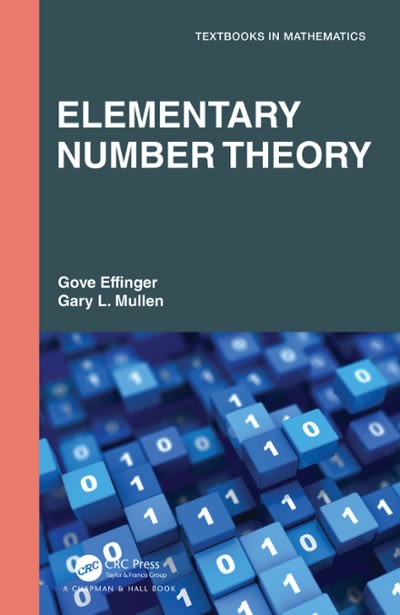Question
6.3.2: Calculating conditional probabilities - random permutations. The letters {a, b, c, d, e, f, g} are put in a random order. Each permutation is
6.3.2: Calculating conditional probabilities - random permutations.
The letters {a, b, c, d, e, f, g} are put in a random order. Each permutation is equally likely. Define the following events:
A: The letter b falls in the middle (with three before it and three after it) B: The letter c appears to the right of b, although c is not necessarily immediately to the right of b. For example, "agbdcef" would be an outcome in this event. C: The letters "def" occur together in that order (e.g. "gdefbca") (a) Calculate the probability of each individual event. That is, calculate p(A), p(B), and p(C).
(b) What is p(A|C)?
(c) What is p(B|C)?
(d) What is p(A|B)?
(e) Which pairs of events among A, B, and C are independent?
Step by Step Solution
There are 3 Steps involved in it
Step: 1

Get Instant Access to Expert-Tailored Solutions
See step-by-step solutions with expert insights and AI powered tools for academic success
Step: 2

Step: 3

Ace Your Homework with AI
Get the answers you need in no time with our AI-driven, step-by-step assistance
Get Started


